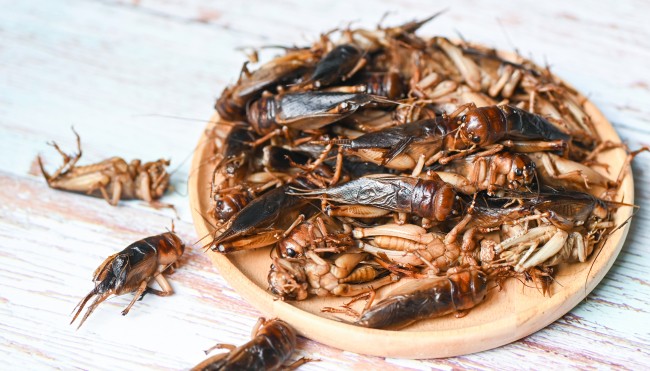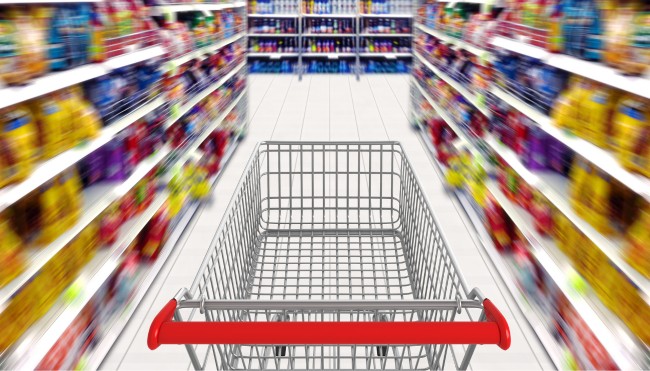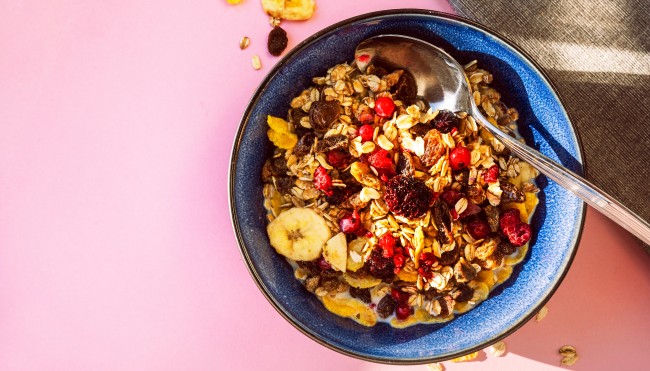These Foods are the Biggest Climate Polluters
Did you know that choosing what you eat has an effect on the planet? Today it’s difficult to go by without hearing about how humans are affecting climate change. From the Climate Summit & documentaries such as Cowspiracy, to natural disasters & the plethora of scientific studies - it’s hard to ignore! This article aims to raise our awareness about the foods that are costing our planet the most to produce and how our choices can make a difference.
Why is agriculture a contributor to climate change?
Let’s break it down and identify the culprits impacting the environment.
Greenhouse Gases (GHG):
- The most famous of the contributors- as we have all heard about the greenhouse effect. Essentially gases such as nitrous oxide, CO2 and methane absorb infrared radiation, radiate heat which gets trapped in the atmosphere causing the Earth’s surface temperature to rise.
- Food production at the farm stage accounts for 81 percent of GHG emissions (including deforestation). The energy it requires to pump water for irrigation, machine farming methods, livestock excreta and deforestation are huge contributors.
Eutrophication:
- The degradation of the ecosystem and disruption of the biological equilibrium as a result of an abundance of nitrogen & phosphorus in the land. A whopping 95 percent happens during the farm stage; predominantly by agricultural run-off and production of fertilizer.
Acidification:
- Ammonia released into the air from fertilizers, slurries and livestock manure. It accounts for 79 percent resulting in vegetation toxicity.
Which specific foods cause the most emissions and why?
Taking the above into account, a study entitled, ‘ Reducing food’s environmental impacts through producers and consumers’ published in Science, reveals:
- Beef emitting a shocking 105 kilograms of GHG’s for 100 grams of protein!
- Farmed crustaceans (eg. crab and shrimp) at 35 kilograms /100 grams protein
- Lamb and mutton at 27 kilograms /100 grams protein
To offer a plant-based comparison, tofu produces 3.5 kilograms of GHG’s for 100 grams of protein, pulses (eg. chickpeas, lentils, or beans) 1.8 kilograms /100 grams protein and peas a low 0.8 kilograms/100 grams protein.
The extremes between what it takes to produce 100 grams of a meat product vs 100 grams of a plant-based product is astounding! Beef is clearly the biggest offender.
How much meat do we globally eat?
Meat production across the globe has grown nearly 5 times since 1961, reveals an article entitled ‘ Meat and Dairy Production’ from Our World in Data. However, the population has only doubled in that same period of time! Population may be one contributor to the increase in global meat consumption, but so is the rising global income! Compared with other countries, there is a clear correlation between wealth and meat consumption. Below, the most recent graph from Our World in Data reveals Australia and the US leading the pack with an average of 100 kilograms /person /year! The average in Europe is about 80 kilograms /person and in Africa anywhere from 10-30kilograms /person.
Source: Our World in Data
How do livestock emissions compare to transport emissions?
An article entitled ‘ Cars or livestock: which contribute more to climate change?’ published in Thomas Reuters Foundation News, explains that answering these questions is not that simple. Currently, the Intergovernmental Panel on Climate Change (IPCC) calculates transport only by their direct emissions at 14 percent while livestock by their full life cycle (direct and indirect emissions) at 14.5 percent. Unfortunately, a full life cycle estimate doesn’t exist. However, many studies report that if it was included, the percentage would be higher. For example, while methane may have a bigger impact on global warming than CO2, it only has a lifespan of 12 years in the atmosphere, while CO2 may remain up to 200 years! Understandably, this article believes the comparison would be more comprehensive if the lifespan of both transport and livestock emissions were taken into account.
Should we all go VEGAN?
Many believe this is the wisest choice! Nonetheless, if you’re not ready to go vegan, you can still do your part! Remember: Not all meats are created equal. Choosing animal products that have a lower impact on the environment like poultry, can make a difference. Or why not reduce your intake by trying something new like Meatless Mondays or buying a vegan/vegetarian cookbook like Jamie Oliver’s VEG ?!
What can be done on a greater scale?
There are a variety of proposed solutions that involve both the government and the farmer.
- Early maturing crop varieties, Intercropping, and Catch Crop offer sustainability and cut on GHG’s and fertilizer dependence.
- In addition, introducing labels revealing the impact of products, taxing meat and dairy and offering subsidies for plant-based foods that are more sustainable and pollute less are just a few constructive steps.
Conclusion
There is a clear causal effect between individual food consumption, global food production, and climate change - not to mention the added emissions if the food is not sourced locally. Our current food habits are clearly unsustainable in view of the considerable weight they put on the environment.
The good news is, each and every one of us can help curb the trend by staying well informed, sharing the evidence, making conscious food choices, and showing our planet some compassion.
Links to other websites :
- Reducing food’s environmental impacts through producers and consumers
- Cars or livestock: which contribute more to climate change?





